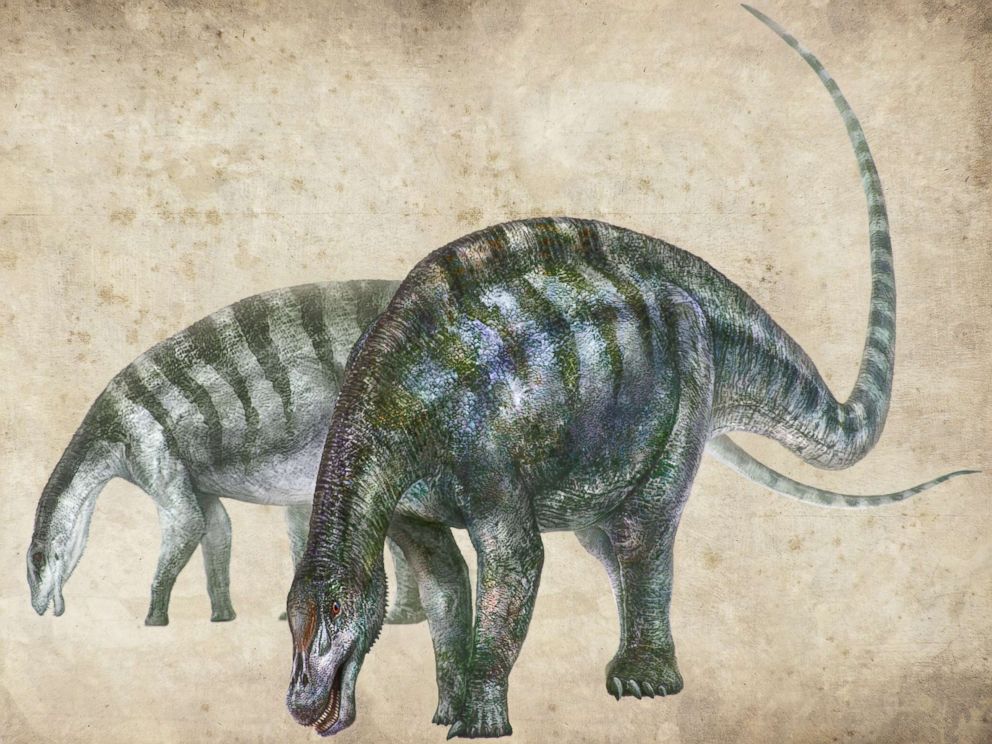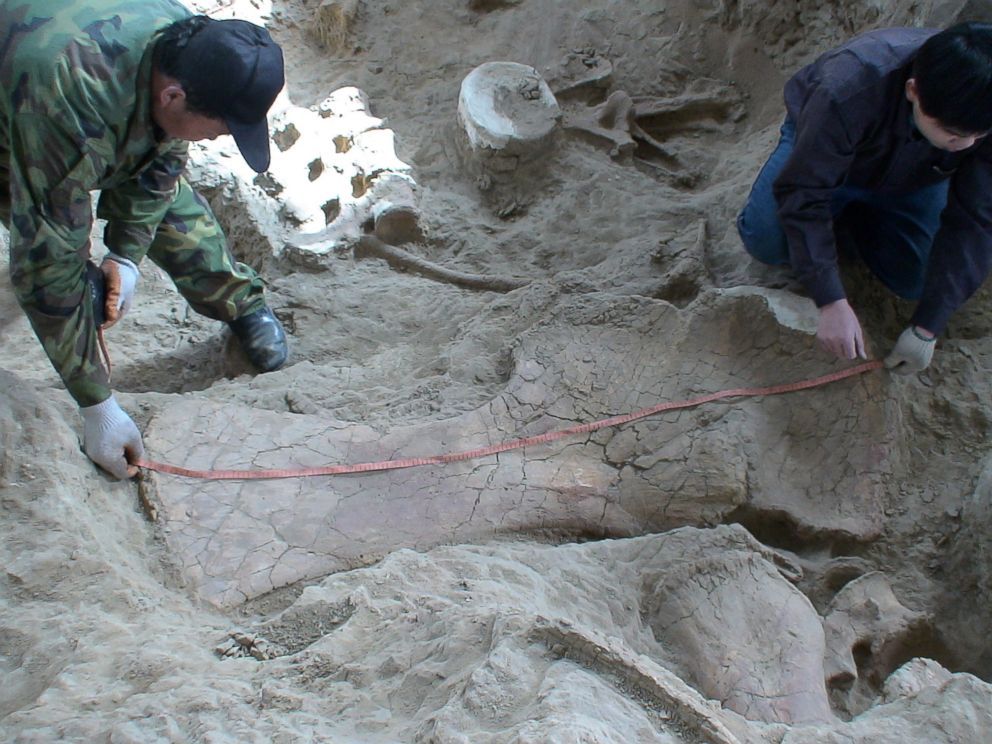New species of dinosaur dubbed the 'amazing dragon' discovered in China
Amazing Dragon discovery turns the dinosaur world on its tail
Paleontologists have discovered the fossils of a new species of dinosaur in northwestern China.
The discovery of Lingwulong shenqi, shows there was an early member of the well-known group of plant-eating dinosaurs called sauropods -- early meaning 15 million years earlier than any previously-known member of the group.
The newly-discovered dinosaur was a neosauropod, a group of long-necked vegetarians that includes brontosaurus and diplodocus.

It is estimated to have been between 35 and 57 feet long from head to tail. The discovery was published in the British journal, Nature Communications on Tuesday.
Lingwulong shengi translates to "Amazing Dragon from Lingwu". Lingwu, is the region where they were found; long is Mandarin for 'dragon' and shenqi is Mandarin for 'amazing'.

Research has previously shown that neosauropods thrived from between 163 million and 145 million years ago, in the late Jurassic period.
But Lingwulong shengi fossils date back to 174 million years ago, suggesting neosauropods were roaming Pangea much earlier, in the Middle Jurassic period.
This has prompted the paleontologists to re-examine their hypothesis of the largest diplodocoid dinosaur roaming 15 million years earlier from previously thought.
It also suggests that these dinosaurs dispersed into East Asia much earlier than previously believed -- when Pangea was still a large landmass.

For more detailed information on the 'Amazing Dragon from Lingwu' please visit Nature.com




